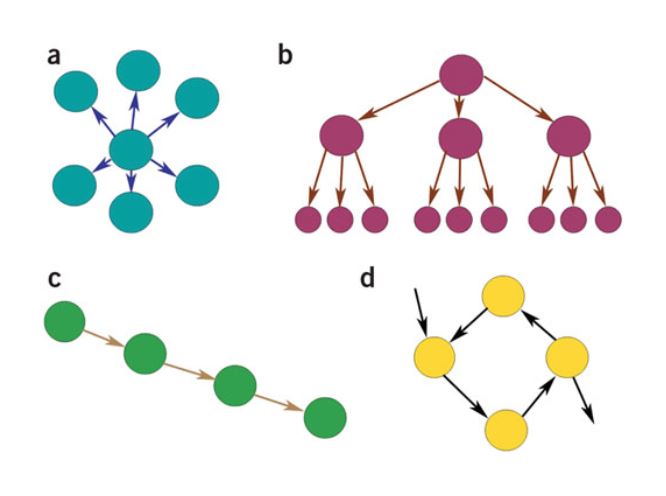What are Concept Maps?
Concept maps are graphical tools for organizing and representing knowledge (Novak and Cañas, 2006, p. 4). First, teachers or students present ideas by placing them in circles or boxes. Then, the concepts are linked by drawing connecting lines between circles or boxes. Next, the creator of the concept map adds words on the line to identify the type of relationship between the concepts. A completed map reveals patterns or interrelationships.
Concept mapping was introduced by Joseph Novak (Novak and Cañas, 2009) while building on David Ausubel’s cognitive psychology (1968). Ausubel’s cognitive theory explains how people learn new information by incorporating new knowledge with knowledge they already possess. To distinguish rote learning from problem-solving, Ausubel believed that “…through careful structuring of materials and learning experiences by the teacher, the learner will be able to transition newly learned content into something meaningful” (p. 87-88)
Types of Concept Maps
Examples of concept maps commonly used in education include spiders, hierarchies, flowcharts, and systems, as presented below.
 a. Spider: Sub-concepts surround this central node creating a spider web shape
a. Spider: Sub-concepts surround this central node creating a spider web shape
b. Hierarchical: The central concept goes on top and cascades into more specific sub-concepts.
c. Flowchart: Organize information sequentially or linearly. Each concept leads to another concept in a specific order.
d. System: A system map is similar to a flowchart map except (that) it’s more free-form. The nodes in this type of map connect as needed to represent a system (Baran et al., 2009, p. 4).
Why Use Concept Maps?
Having students work on concept maps can provide an instructor with insights into how they organize and represent knowledge. That may include assumptions and misconceptions students bring and can help the instructor make appropriate adjustments. Similarly, concept maps can be used as a formative assessment of their developing knowledge of course material. Using content covered in previous lessons, the instructor can create a fill-in-the-blank concept map in which some circles are blank, or some lines are unlabeled, and students then complete the concept map.
Studies conducted in adult/higher education concluded that concept maps:
- Promote the development of critical thinking skills,
- Facilitate integration between theory and practice,
- Develop meaningful learning,
- Promote technology inclusion,
- Promote student collaboration,
- Lead to better academic scores,
- Used as a tool for learning progress and assessment.
(Tolentino and Carvalho, 2020, p. 1)
References
Ausubel, D. (1968). Educational psychology: A Cognitive View. In Orlich, D.
C., Harder, R. J., Callahan, R. C., Kauchak, D. P., and Gibson, H. W. (1994). Teaching Strategies: A Guide to Better Instruction (4th ed.) (p. 87-88). D. C. Heath and Company.
Baran, S., Johnson, E. J., Stephens, M. A., Kehler, J. (2009, October).
Development of Electronic Learning Courses for Surgical Training of Animal Research Personnel. Research Gate. https://www.researchgate.net/publication/26761493
Cristiane Tolentino, C. & Carvalho, A. A. (2020, Marc 5). Concept Mapping:
Benefits and Challenges in Higher Education. The Journal of Continuing Higher Education, 68 (1), 38-53.
Novak, J. D. & A. J. Cañas (2008, January 1). The Theory Underlying
Concept Maps and How to Construct and Use Them, Technical Report IHMC CmapTools. Florida Institute for Human and Machine Cognition. https://www.researchgate.net/publication/215439441
